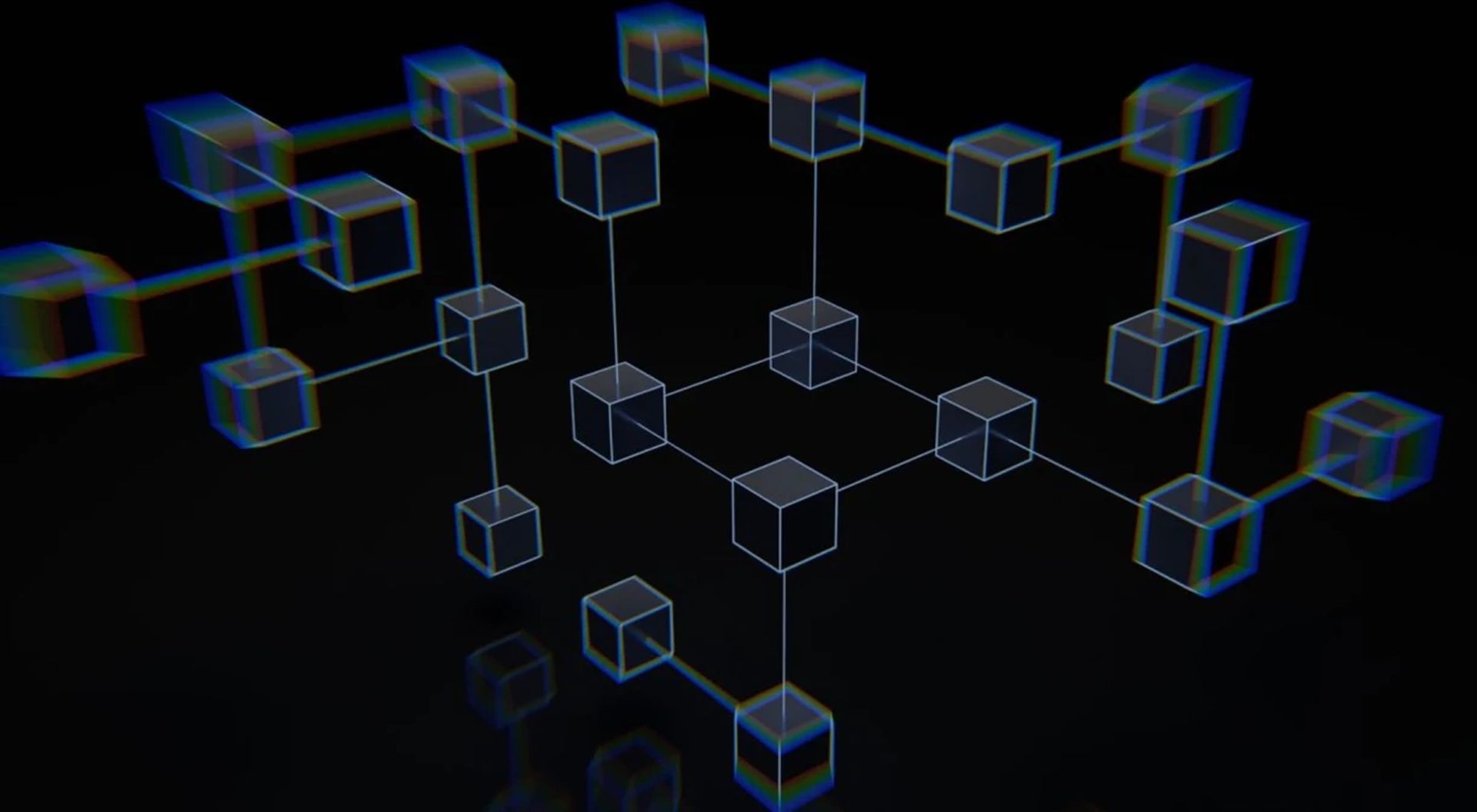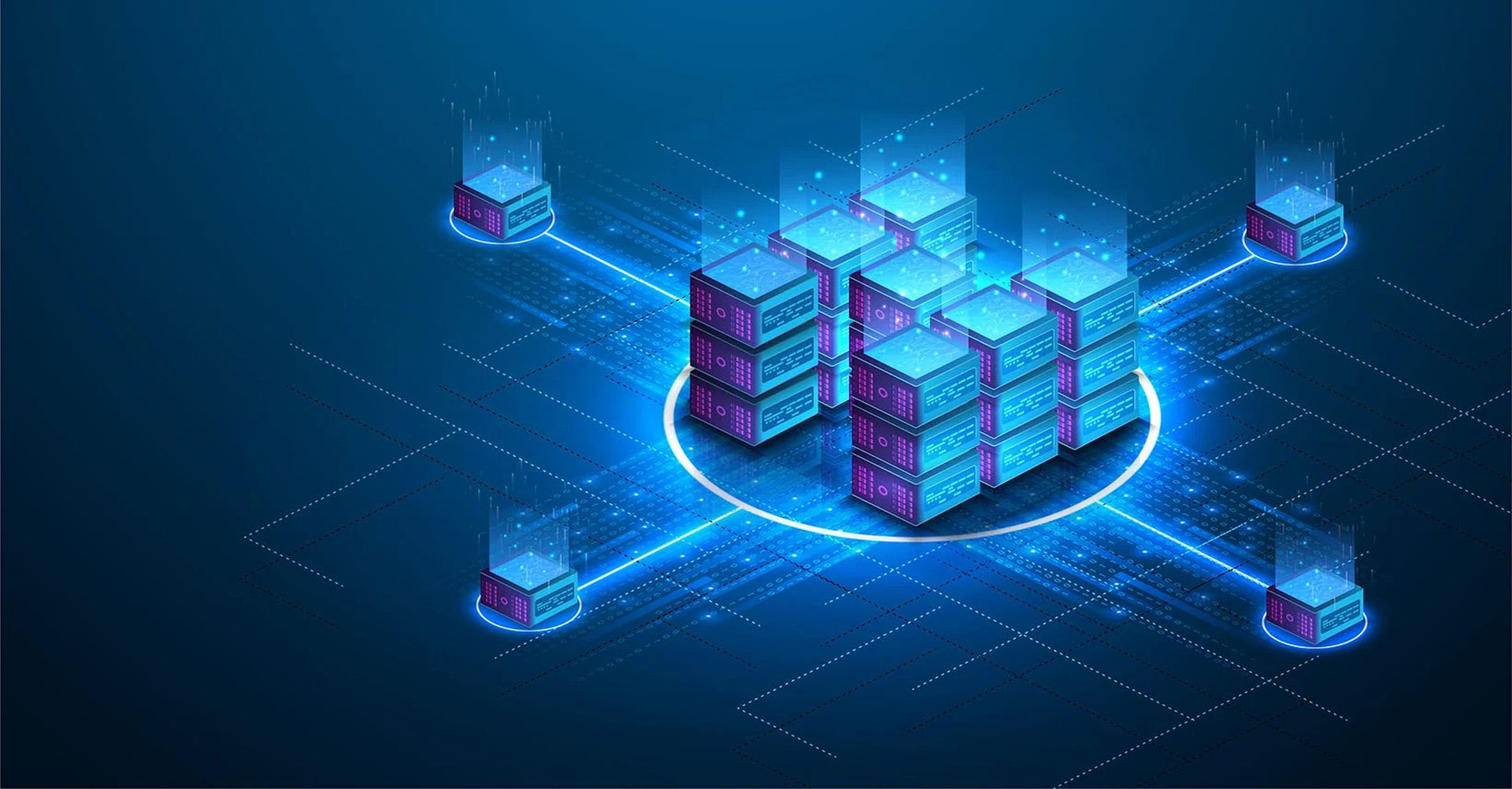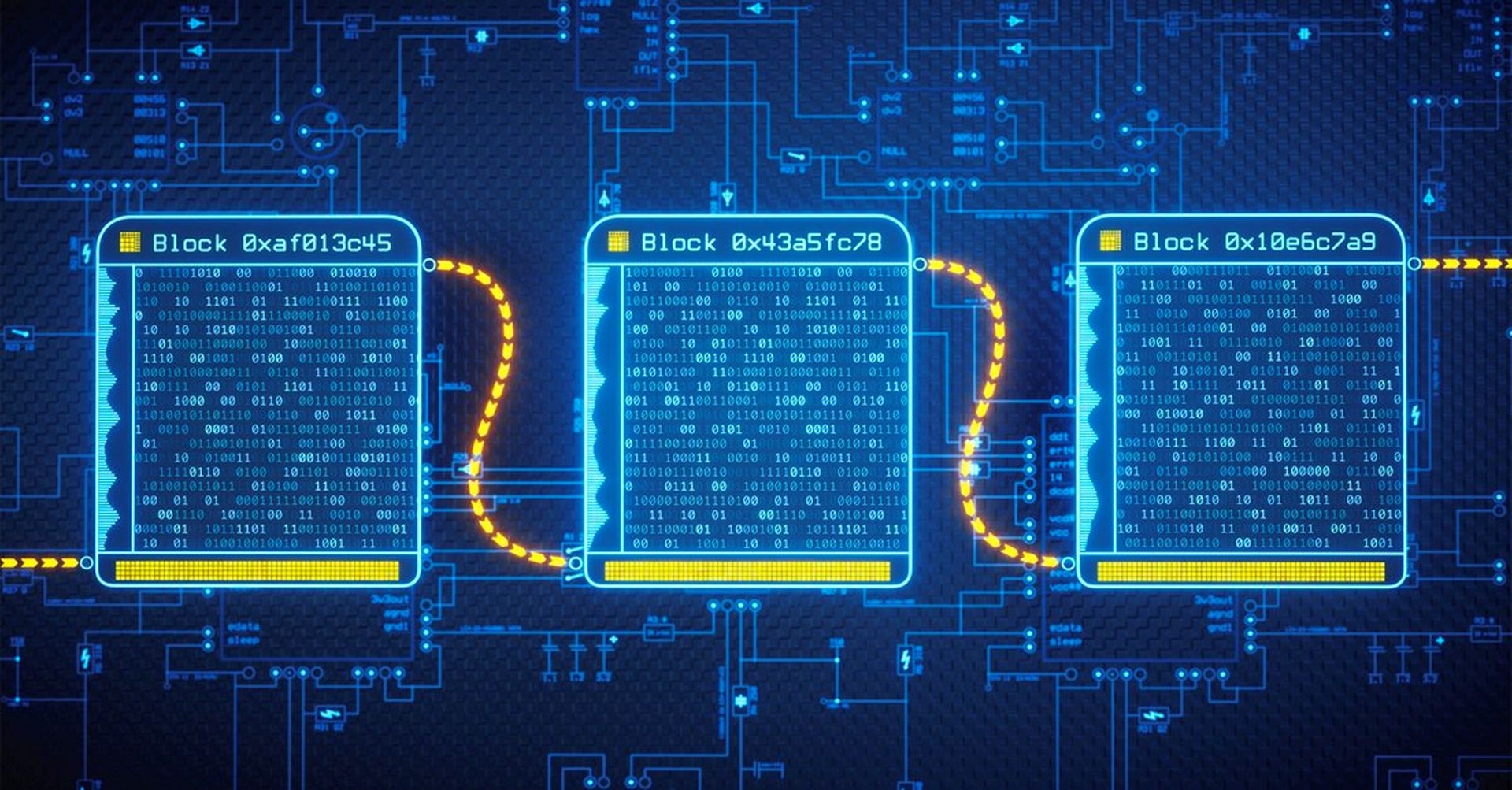Table of Contents
In this article, we are going to be covering the most pressing blockchain issues that we are facing today, so you can understand the problems of this technology that is becoming more and more common every day.
Our economic, legal, and political institutions’ defining structures include contracts, transactions, and the records of those activities. They establish organizational boundaries and safeguard assets. They establish identities, confirm them, and record events. They control how communities, organizations, governments, and people interact.
Management and social activity are guided by them. However, the bureaucracies set up to oversee these essential instruments have not kept up with the digital change of the economy. They resemble a Formula 1 race vehicle being stuck in rush-hour traffic. The way we govern and uphold administrative control must alter in the digital age.

Blockchain claims to provide the answer to this issue. Blockchain, the technology behind bitcoin and other virtual currencies, is an open, distributed ledger that can effectively record transactions between two parties in a way that can be verified and is permanent. It is also possible to configure the ledger itself to initiate transactions automatically.
With blockchain, we may picture a world in which contracts are encoded in computer code and kept in open, public databases that are secure against erasure, modification, and revision. Every agreement, procedure, task, and payment in this world would have a digital record and signature that could be identified, verified, saved, and distributed. Lawyers, brokers, and bankers may no longer be required as intermediaries. There would be little friction as people, groups, machines, and algorithms freely transacted and interacted with one another. This is the blockchain’s enormous potential.
In fact, the assertion that blockchain will transform business and reshape firms and economies has been heard by almost everyone. We are excited about its possibilities, but we are concerned about the hype. We are concerned about more than just security vulnerabilities (like the 2014 collapse of one bitcoin exchange and the more recent hacks of others).
Our knowledge of technological innovation tells us that many barriers—technical, sociological, organizational, and even governmental—will need to be removed if there is to be a blockchain revolution. Rushing into blockchain innovation without first considering how it is likely to catch on would be a mistake.

We think it will be many years before the industry and government truly undergo a blockchain-led transformation. This is because blockchain is not a “disruptive” technology that can quickly overwhelm established companies and assault old business models with a lower-cost alternative. Blockchain is a fundamental technology that could lay new groundwork for our social and economic institutions.
Although there will be a huge impact, it will take decades for blockchain to permeate our social and economic systems. As waves of technical and institutional change acquire strength, adoption will take place gradually and steadily rather than all at once.
6 biggest blockchain issues that we face today
Blockchain is frequently mistakenly perceived as a solution to all business issues, despite the fact that it has enormous promise for developing the new financial, supply chain, and digital identification systems. Although there are a ton of pilots and proofs of the concept being conducted by big businesses and governments, they don’t necessarily result in clear-cut business cases that support changing course. Sometimes a tried-and-true technology, such as a relational database, can complete the task considerably more quickly and effectively than a distributed ledger based on peer-to-peer technology, which will call for complicated governance and rules.
When you consider the costs of creating that ecosystem and developing that blockchain, a blockchain that enables complete visibility throughout an entire value chain, for instance, may make a lot of sense. However, it may not be financially feasible. The way blockchain initiatives have been financed is one of the blockchain issues.
Pilots and proofs-of-concept (PoC) are frequently funded by innovation or R&D funds, but once they are put into production, a business unit or firm must bear the costs. Additionally, when partner businesses collaborate on an open ledger using blockchains, the partners must agree on a complex set of regulations and how the project will be supported.
The top blockchain issues that businesses are most likely to face are listed below:
Security
The first one of the blockchain issues is security. Blockchains are only as secure as their weakest connection, however safe they may seem. For instance, all that is required for someone to access data shared within a private blockchain is one node. This implies that the device in a blockchain that is most easily compromised poses a risk to the privacy of the entire blockchain. Sadly, there are other blockchain issues. While forging a transaction in a blockchain may be next to impossible, it is nevertheless feasible to have a fraudulent transaction authorized.

Proof Of Identity
Blockchain technology is really democratic. To reach a decision, they vote in a variety of ways. Each node in this scenario that has an identity casts a vote. majority prevails! Proof of identity consensus methods have drawbacks, including the exclusion of minorities and the manipulation of smaller blockchain networks. It is simpler for criminal organizations to access a blockchain via a variety of devices, buying more votes for themselves in the process. They have the power to approve any transaction once they get a majority.
Proof Of Stake
This one is about the blockchain’s stakeholders. The size of your stake in a blockchain exactly relates to the weight of your vote. That means you control a blockchain if you hold the vast majority of its assets. A group of individuals controls a blockchain if they acquire more than 50% of its assets. A 51 percent attack is capable of breaking both the proof of identity and the proof of stake procedures. The third approach, proof of work, will be covered shortly. Let’s focus on how transparency can backfire for the time being.
Transparency
Another one of the blockchain issues is transparency. The use of blockchain technology in supply chains has generated a lot of debate. It seems like a really good concept! After all, establishing open supply chains can provide everyone the closure they require to make moral decisions. However, using public blockchain (the most common variant) in a business setting isn’t necessarily a smart move. Why? Because if a supply chain is transparent, all of the customer and partner data associated with that business will also be.

Complete transparency isn’t desirable when working in a professional setting because it allows participants to view one another’s activities in real-time. There are private blockchains, however, they have drawbacks in that they might prevent participants from seeing specific transactions.
Since a private blockchain can impose restrictions on who can join as a node, it isn’t genuinely decentralized, which lowers consumer confidence in the outcome. Customers wouldn’t want any of the companies in supply chains to have access to their data, and businesses wouldn’t want their rivals to learn about their trade secrets, intellectual property, or business tactics.
Scalability
Scalability is also on the list of blockchain issues. A blockchain becomes increasingly insecure as it becomes bigger. If that still isn’t persuading you, there are a few more things we need to cover before you decide to incorporate blockchain technology into your company. Blockchains are challenging to grow due to their redundancy. From the genesis block to the most current transaction, every device in your network must have a copy of every action taken.
That entails reproducing the same data hundreds of times! Massive storage is needed, and the bigger the blockchain, the more processing power the nodes will need to handle it all. And even if all your hardware, software, and digital demands are met, controlling your blockchain will be nearly impossible.

Regulation
Regulation is another one of the blockchain issues that the technology faces. There is no single entity with the authority to maintain law and order in the network. There are no moderators, leaders, or even oversight organizations! Not to add that smart contracts, which are agreements created on a blockchain, are typically not regarded by law as binding agreements or proofs.
Which laws should govern smart contracts, agreements, transactions, and cases if every user may be from a different nation and blockchain transcend all borders? The absence of global standards exposes developers to risks and difficulties when they attempt to build blockchain-based solutions across diverse platforms.

Transaction Speed
Slow transaction speeds are one of the ongoing blockchain issues that is posing a serious barrier to the widespread adoption of blockchain technology. Blockchain is a decentralized system, therefore before a transaction can be acknowledged as a block, the nodes must verify it. In centralized systems, a single central authority (such as the government or a bank) is trusted, enabling them to handle millions of transactions per day.
Compare the speed of transactions using Bitcoin with companies like Visa. Only 4.6 transactions can be guaranteed per second with Bitcoin at the moment. Contrarily, Visa typically processes 1,736 transactions per second (calculations based on the official claim of 150 million transactions per day). Blockchain transaction speeds are being accelerated by a number of firms and organizations, but each of these approaches has its own drawbacks.

Energy Consumption
More energy is used by blockchain technology than by any centralized system. That is why it is one of the blockchain issues. They require more energy than a typical centralized cloud-based system not just because of their redundancy, but also because of the way they validate transactions, which is very important. They are more storage-intensive than any other system, to start.
The number of nodes added to a blockchain multiplies the amount of electricity required. Nearly as much data is stored and processed by each node as the central body in any other system. However, that isn’t even the main blockchain issues at hand. Recall the third validation technique we were going to discuss. It uses a lot of resources to operate.
Proof of Work
Every piece of identifying documentation carries the same weight. The biggest stakeholders are in charge of stake proof. However, the users’ devices must put out some effort in order to provide proof of employment. The complex mathematical problem that must be solved by a miner using proof of work to validate a transaction consumes a lot of computer resources. Verifying the transaction using its hash is more important than solving the difficult mathematical challenge. Why is it difficult? because with each transaction, a hash is combined with another hash.

One must follow the hash and its history back to its beginning in order to verify that a transaction is genuine. Cryptocurrency rewards are given to miners for validating each block by solving these challenging algorithms and hash matches. On a blockchain, as the number of rival nodes rises, there is competition for more computing power, which uses more energy. Due to the fact that only one node may win the race to confirm the following block, this very sophisticated confirmation process is incredibly wasteful.
The goal of all that labor is to safeguard the blockchain by making it difficult and impractical for any thieves to confirm fraudulent transactions—all at the expense of significant energy consumption and high electricity costs. According to estimates, Bitcoin alone uses as much energy as Malaysia and Sweden combined.
Blockchain and blockchain issues FAQ
Here, we’ve gathered the most common questions about blockchains themselves and blockchain issues that people are wondering about.
Why are people against blockchain technology?
Because blockchain users don’t trust one another, a study indicates, blockchain technology isn’t as widely used as it could be. This lack of trust is one of the blockchain issues. Business executives and common citizens are also hesitant to implement blockchain-based solutions because they worry that future government rules may force them to make costly or challenging adjustments.
Although they are weird blockchain issues to face, mistrust and regulatory ambiguity. Bitcoin, the first blockchain to gain widespread adoption, was specifically designed to enable financial transactions “without relying on trust” or on governments controlling the currency. Users can rely on immutable mathematical methods if they don’t trust a bank or other intermediary to reliably track transactions. A further benefit of the system’s decentralization is that data is stored on thousands or more internet-connected machines throughout the globe, preventing regulators from shutting down the entire network.
Can blockchain be hacked?
Due to its non-altering properties, the blockchain was once hailed as being unhackable. However, it has recently started to become a target of hack attacks. The common perception of a hack assault is that private information is made available to the public, however, this is not the case with blockchain because it is already decentralized and public. Because blockchain transactions are published to a public database for everyone to see, it is more secure because no modifications can be done without everyone’s consent.
This lack of privacy is regarded as a positive, but it also raises serious privacy concerns. Regrettably, recent hacks like the 51 percent attack, Sybil attack, and Timejacking have shown that hackers are interested in blockchain technology.
What are the major attacks on blockchain?
Phishing, routing, Sybil, and 51 percent assaults are the four main methods that hackers and fraudsters endanger blockchains. These attacks are a part of blockchain issues.
Phishing attacks
Phishing is an effort to get a user’s login information through fraud. Owners of wallet keys receive emails from scammers that appear to be from a reliable source. The emails contain bogus hyperlinks that request users’ login information. The blockchain network and the user may both suffer damages if someone gains access to a user’s credentials and other sensitive information.

Routing attacks
Real-time, massive data transfers are essential for blockchains. Data that is being transferred to internet service providers can be intercepted by hackers. In a routing attack, blockchain players frequently are blind to the danger, making everything appear to be normal. However, behind the scenes, thieves have taken money or private information.
Sybil attacks
The goal of a Sybil assault is to overwhelm the network and bring down the system by creating and using several bogus network identities. A well-known novel character with multiple identity disorders is referred to as Sybil.
51% attacks
A significant amount of computational power is needed for mining, particularly for massive public blockchains. However, if a miner or a group of miners could pool enough funds, they might control more than half of the mining power in a blockchain network. Having control over the ledger and the ability to influence it requires having more than 50% of the vote. These attacks are a part of blockchain issues.
What are the three dilemmas of blockchain?
While blockchain technology is demonstrating its impressive utility in a variety of fields, including economics and the arts, the basic structure of decentralized networks presents particular difficulties when contrasted with centralized networks. The CAP theorem was created by computer scientists in the 1980s to explain perhaps the biggest of these difficulties.
Consistency, availability, and partition tolerance are the only three guarantees that decentralized data stores, of which blockchain is an iteration, can give at once, according to the CAP theorem (CAP). This theorem has evolved into the Blockchain Trilemma in the context of contemporary distributed networks, according to which public blockchains must choose between security, decentralization, and scalability.
Public blockchain networks use decentralized consensus methods as opposed to the client-server setup that characterizes central network infrastructures. Public blockchains control a widely dispersed network of nodes to reach data consensus across a secure infrastructure while upholding openness, equity, and transparency. It’s difficult. For instance, even if Bitcoin is secure and decentralized, it can only handle about seven transactions per second (TPS).

Enterprise blockchains, like Hyperledger Fabric, are centralized with a very small number of consensus-achieving nodes but are secure and can handle enormous transactional volumes. Fast and decentralized blockchains, which are also more insecure, are susceptible to long-term hacking. The holy grail of blockchain technology is to create a network with watertight security over a broadly decentralized network while being able to control internet-scale transactional throughput. Businesses, startups, and engineers from all over the world are scrambling to come up with answers to the Blockchain Trilemma.
We hope that you enjoyed this article on blockchain issues. If you did, we are sure that you will also enjoy reading some of our other articles, such as hoping onto other blockchains using cross-chain bridges, or what is Blockchain for business: Everything you need to know.










